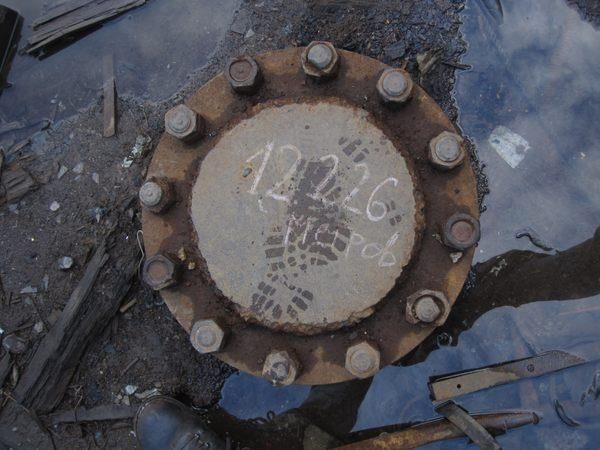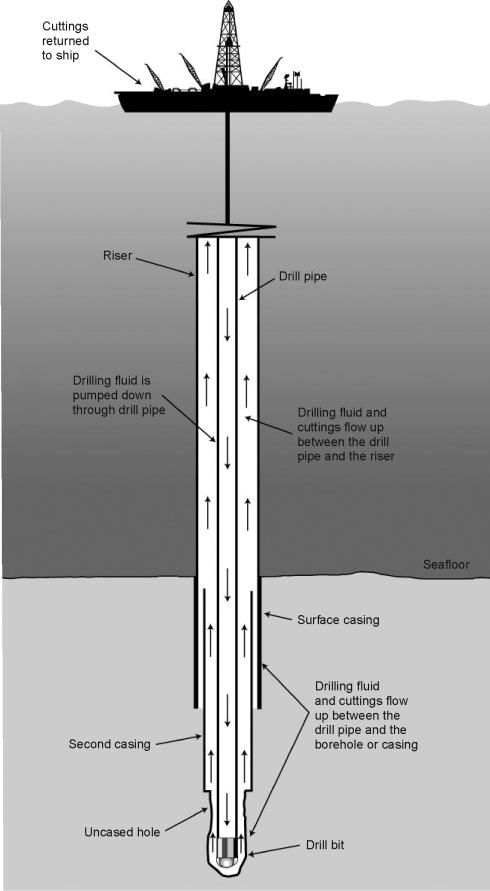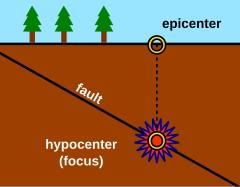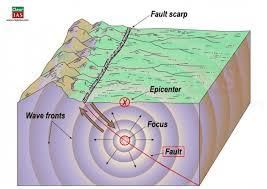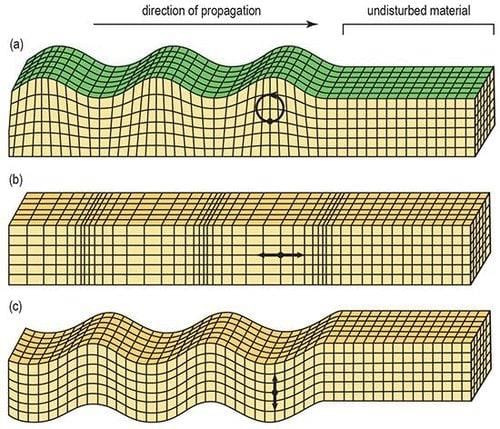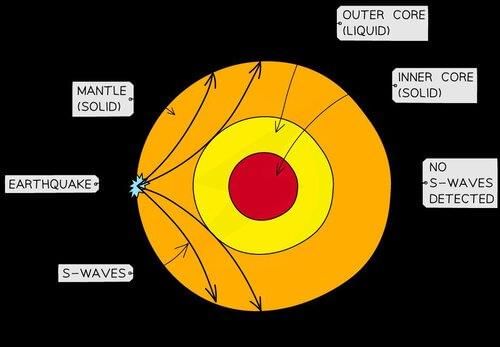|
Fill in the blank: The Kola Superdeep Borehole has reached a depth of ___ kilometers. |
Card: 1 / 30 |
|
True or False: Volcanic eruptions provide indirect information about the Earth's interior. |
Card: 3 / 30 |
|
False. Volcanic eruptions provide direct information about the Earth's interior through the analysis of magma. 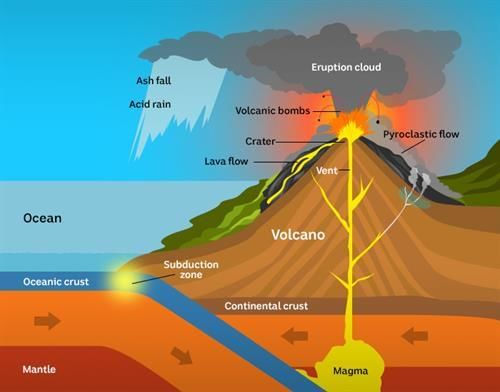 |
Card: 4 / 30 |
|
Meteorites provide indirect information about the Earth's materials and structures because their composition is similar to that of the Earth's. 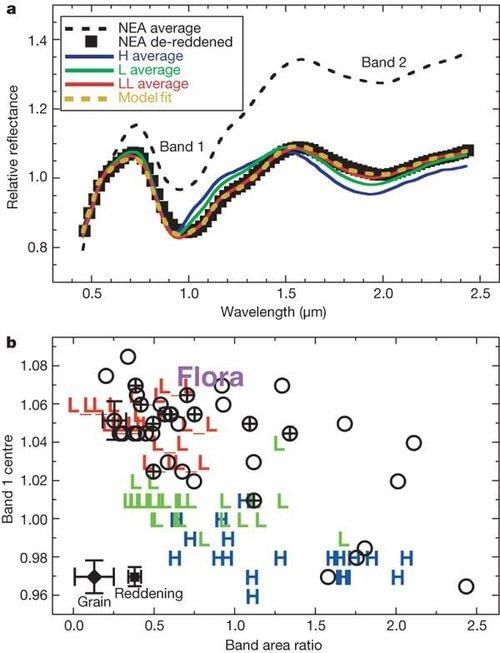 |
Card: 8 / 30 |
|
Fill in the blank: The ___ Drilling Project and the Integrated Ocean Drilling Project are significant efforts to study the Earth's interior. |
Card: 9 / 30 |
|
True or False: Seismic activity does not provide insights into the Earth's interior. |
Card: 11 / 30 |
|
False. Seismic activity offers crucial insights into the structure and composition of the Earth's interior. 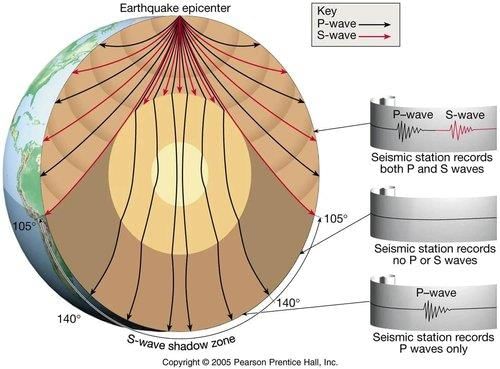 |
Card: 12 / 30 |
|
Short answer: What can be inferred from gravity anomalies observed in the Earth's crust? |
Card: 13 / 30 |
|
Gravity anomalies can indicate variations in mass distribution within the Earth's crust.  |
Card: 14 / 30 |
|
The point of energy release during an earthquake is known as the ___ or hypocenter. |
Card: 15 / 30 |
 Unlock all Flashcards with EduRev Infinity Plan Starting from @ ₹99 only
|
|
Fill in the blank: Earthquake waves travel in all directions from the ___ after the release of energy. |
Card: 17 / 30 |
|
P-waves are faster and arrive first at the surface, while S-waves are slower and arrive later. 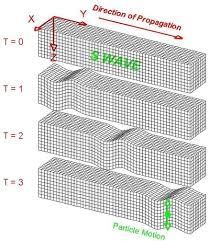 |
Card: 20 / 30 |
|
The shadow zone of S-waves is significantly larger than that of P-waves, particularly between ___ and ___ degrees from the epicenter. |
Card: 25 / 30 |
|
P-waves exert pressure in the direction of wave propagation, causing stretching and squeezing of the material, which creates density differences.  |
Card: 28 / 30 |
|
Fill in the blank: S-waves cause vibrations in the ___ plane, creating troughs and crests in the material. |
Card: 29 / 30 |





